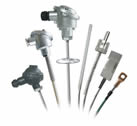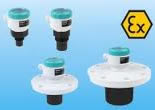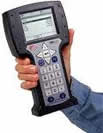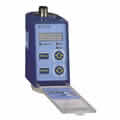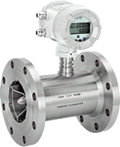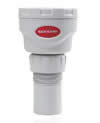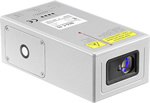Motor Drive
In a general sense, a drive is a device that changes the speed, torque, direction, and power of an engine. In practice, electric motors of any kind must be started with the help of the relevant controller and drive. Electric motors have different drives and controls depending on their complexity. In its simplest form, it is a switch or contactor and relay that can automatically start or stop the motor with the help of sensors, fuses and timers, or by changing connections. Such as stars and triangles can reduce the voltage or change the direction of the motor or even change the speed of the motor. And overcurrent or overcurrent protections for circuit breakers or limit switches or limit switches for other protections of a system.
In the drives and controllers of more complex motors, speed and torque control are also considered and they can even be used to control the position as a system with a closed control circuit. For example, in CNC controllers, the exact position of the cut according to the desired profile is obtained with the help of these controllers and drives. The following are some of these controllers and drives.
In general, the controllers and drivers of electric motors are of two types: motor drivers and drives of speed and torque controllers, etc.
Their motor measurements are divided into two categories: DOL or Direct on line starter or Motor soft starter.
And controllers and drives that are used to adjust the speed and in Latin (ASD) which stands for adjustable-speed drive and also (VSD) which stands for variable-speed drive and depending on the type of engine and its use or parameter that must be They are divided into different types.
In another category, we can mention the speed controllers in induction AC motors, which are drives for controlling frequency, torque and vector, which in English are referred to as Variable frequency drives , Phase vector drives and Direct torque control drives .
In DC motors with brushed or Brushed DC motor, the speed and torque controller is done with drives such as PWM or chopper and SCR or thyristor.
Servo motors to start and control motor parameters require special electronic drives and controllers that with the feedback they receive from the motor status will be able to accurately control the servo motor and are called servo controllers.
In stepper motor or stepper, which is a coal-free or brushless and synchronous motor, since there is usually no need for a closed control loop, in modern controllers, by increasing the nominal motor voltage and limiting the current by means of a chopper, it can be controlled proportionally to speed. And the desired turn is reached and they are referred to as Stepper motor controllers .
DC motors can also be controlled by a combination of transistors called H-bridges , which consist of at least four mechanical or solid-state switches. H-bridge is an electronic circuit that enables you to apply voltage in two opposite directions and is commonly used in robots or applications that need to change direction and stop the motor.
- Popular products

German laser thermometer with external thermocouple K tool 1725

Level controller / roller blade switch for solids and powders, model 1872

Industrial Laser Thermometer Instrument 1727

12-channel temperature recorder thermocouple tool 1189


